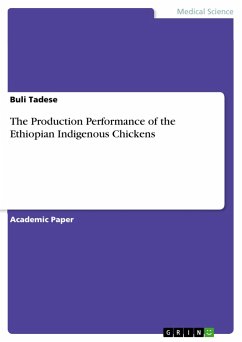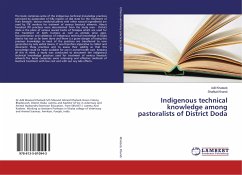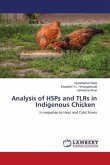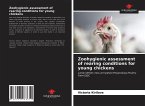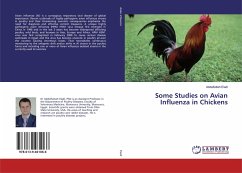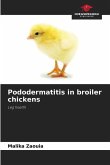Academic Paper from the year 2017 in the subject Veterinary medicine, , language: English, abstract: Indigenous village chicken is the most prominent class of livestock in the country and constitutes about 60-80% of the total poultry population, their productivity is low because of poor nutrition and low genetic potential. The number of flock per household in most Ethiopian communities is small constituting on average of 7-10 mature chickens 20-24 adult hens, a male birds and a number of growers of varies ages.Such production system may result in slow growth and poor layers of small sized eggs. About 40-60% of the chicks hatched die during the first 8 weeks of age mainly due to disease and predators attack. About half of the eggs produced have to be hatched to replace chicken that have died and the brooding time of the laying hens is longer, with many brooding cycles required to compensate for its unsuccessful brooding. Pullets and cockerels reached sexual maturity at an average age of 6.4 months and 5.7 months, respectively.Even though the productivity of local chicken is very poor, they are very important to withstand certain harsh environmental conditions, and can perform better under poor management than cross and exotic breeds, they are also well known to possess desirable characters such as ideal mother, good sister, hatch their own eggs, excellent foragers, resistance to common poultry disease and special meat and egg quality.
Hinweis: Dieser Artikel kann nur an eine deutsche Lieferadresse ausgeliefert werden.
Hinweis: Dieser Artikel kann nur an eine deutsche Lieferadresse ausgeliefert werden.

